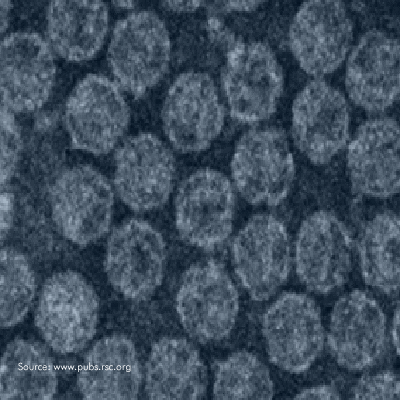
Get A Testing Quote
MS2 Bacteriophage
MS2 Bacteriophage
MS2 Bacteriophage is a small, non-enveloped member of the family Leviviridae.
Bacteriophages are viruses that infect bacteria. MS2 infects Escherichia coli by binding to a ‘male’ F pilus on their surface. Pili are filamentous structures used by bacteria to exchange genetic material, usually in the form of plasmids. Once MS2 has inserted its genetic material (single stranded, negative sense RNA) into the bacterial cell, it uses the host’s cellular replication machinery to create copies of itself until finally lysing the cell. This is seen in the laboratory as clear plaques in a lawn of E. coli on an agar plate.
MS2 is commonly used as an indicator virus in wastewater treatment. Its size (23-28 nm) and morphology are close to that of members of Picornaviridae, a family which includes many viruses pathogenic to humans, such as poliovirus. In the Guidance Manual for Compliance with the Filtration and Disinfection Requirements for Public Water Systems Using Surface Water Sources, the EPA acknowledges MS2 as a surrogate virus in determining the efficacy of filtration and disinfection of drinking water.
MS2 can also be used as a general virucidal efficacy screening tool. MS2 is more resistant to disinfection than enveloped viruses, but it has been shown to be more sensitive than other non-enveloped viruses to some methods of disinfection, including UVC light exposure.
References
- Calgua, B., et al. “UVC Inactivation of dsDNA and ssRNA Viruses in Water: UV Fluences and a qPCR-Based Approach to Evaluate Decay on Viral Infectivity.” Food and Environmental Virology 6.4 (2014): 260-268.
- Guidance Manual for Compliance with the Filtration and Disinfection Requirements for Public Water Systems Using Surface Water Sources. Washington, D.C.: Environmental Protection Agency. Office of Drinking Water, 1991. Mar. 1991. Web. 29 Jan. 2016
Share

